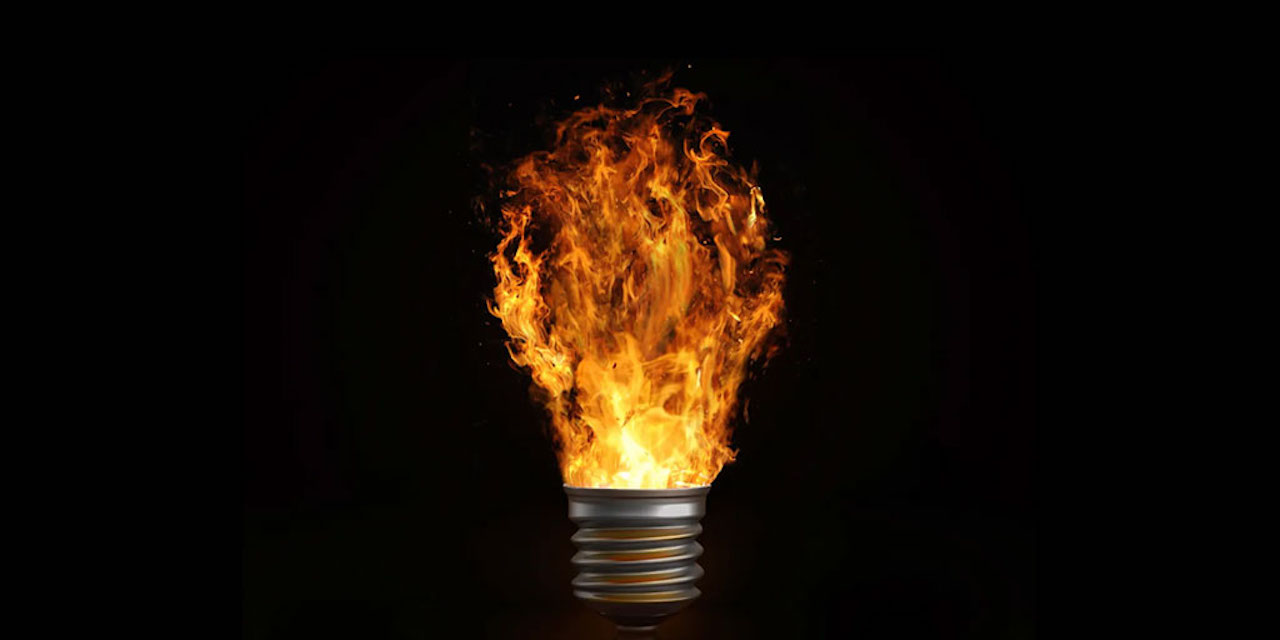

Articles
How Hot Does A Light Bulb Get
Modified: December 7, 2023
Discover how hot a light bulb can get in this informative article. Learn about the temperature range of different bulbs and how it affects energy consumption and safety.
(Many of the links in this article redirect to a specific reviewed product. Your purchase of these products through affiliate links helps to generate commission for Storables.com, at no extra cost. Learn more)
Introduction
Light bulbs have become an integral part of our daily lives, providing us with the much-needed illumination in our homes, offices, and various other spaces. While we often focus on the brightness and energy efficiency of light bulbs, it is also important to consider the heat they generate. Have you ever wondered just how hot a light bulb can get?
In this article, we will delve into the world of light bulbs and explore the factors that contribute to their heat output. We will also take a closer look at the different types of light bulbs available and the temperatures they can reach. Additionally, we will touch upon the methods used to measure the temperature of a light bulb and discuss some safety precautions that should be taken when handling hot light bulbs.
So, if you’re curious to learn more about the heat generated by light bulbs and how it can impact their performance and safety, read on!
Key Takeaways:
- Light bulbs generate heat as a byproduct of producing light, with factors like wattage, efficiency, and design influencing their temperature output. Understanding these factors helps in choosing the right bulb for specific needs and environments.
- Safety precautions are crucial when handling hot light bulbs to prevent burns or accidents. Allowing bulbs to cool, using protective gloves, and following manufacturer’s instructions are essential for safe and efficient lighting experiences.
Read more: How Hot Does An LED Bulb Get
How Light Bulbs Generate Heat
Light bulbs generate heat as a byproduct of their primary function: producing light. The process begins when an electric current flows through the filament or gas-filled chamber of the bulb. This current encounters resistance within the filament or gas, causing them to heat up and emit light. However, not all of the electrical energy is converted into light energy; a significant portion is transformed into heat energy.
The principle behind the heat generation in incandescent bulbs is a phenomenon known as Joule heating. As the electric current passes through the filament, it encounters resistance. This resistance causes the electrons to collide with atoms in the filament, transferring energy in the form of heat. The higher the resistance, the more heat is generated. This is why incandescent bulbs, which are known for their high resistance, tend to produce a significant amount of heat.
On the other hand, fluorescent and LED bulbs generate less heat compared to incandescent bulbs. Fluorescent bulbs work by passing an electric current through a gas-filled tube, which contains mercury vapor that emits ultraviolet light when excited. This UV light then interacts with the phosphor coating inside the tube, producing visible light. Since this process does not rely on intense heating like incandescent bulbs, fluorescent bulbs generate less heat.
LED bulbs, which have seen a rise in popularity due to their energy efficiency, work by passing an electric current through a semiconductor material. This current causes electrons to move within the semiconductor, releasing energy in the form of photons. LED bulbs generate minimal heat compared to incandescent and fluorescent bulbs because the mechanism of light emission in LEDs is highly efficient, converting most of the electrical energy into light rather than heat.
However, it is important to note that even though LED and fluorescent bulbs generate less heat, they still produce a certain amount of heat that needs to be dissipated. This is why you may notice LED bulbs equipped with heat sinks or cooling mechanisms to ensure proper heat management.
Factors Affecting Heat Output
The heat output of a light bulb is influenced by several factors. Understanding these factors can help shed light on why certain bulbs generate more heat than others. Let’s explore some of the key factors.
- Wattage: One of the primary factors affecting heat output is the wattage of the light bulb. In general, the higher the wattage, the greater the heat produced. This is because higher wattage means more electrical energy is being converted into light energy, resulting in increased heat as a byproduct.
- Efficiency: The efficiency of a light bulb plays a role in heat production as well. Incandescent bulbs, known for their inefficiency, convert a significant portion of electrical energy into heat instead of light. On the other hand, LED and fluorescent bulbs are more efficient and convert a greater proportion of electrical energy into light, thereby generating less heat.
- Design and Construction: The design and construction of a light bulb can impact its heat output. Incandescent bulbs have a filament that reaches high temperatures, leading to more heat generation. In contrast, LED and fluorescent bulbs are built with materials and designs that allow for better heat dissipation, diminishing heat output.
- Environment: The environment in which a light bulb operates also affects its heat output. For example, a light bulb enclosed in a small, confined space will experience limited heat dissipation, resulting in higher temperatures. On the other hand, a well-ventilated area allows for better heat dispersal, reducing the overall heat output of the bulb.
It is worth noting that the heat output of a light bulb not only affects its own performance but also impacts the surrounding environment. Higher temperatures from bulbs generating significant heat can lead to discomfort, especially in confined spaces or during hot weather conditions.
By considering these factors, consumers can make informed decisions about the type of light bulbs to use based on their specific needs and preferences. Energy efficiency and heat output are important considerations, especially when it comes to minimizing environmental impact and creating a comfortable living or working environment.
Types of Light Bulbs and Their Temperatures
Various types of light bulbs are available on the market today, each with its own unique characteristics, including their temperature output. Let’s explore some of the most common types and the temperatures they can reach.
- Incandescent Bulbs: Incandescent bulbs are known for their warm, yellowish glow. These bulbs can reach high temperatures, with the filament heating up to around 2,500 degrees Celsius (4,532 degrees Fahrenheit) during operation. The high temperature is a result of the electrical resistance within the filament, which leads to significant heat generation.
- Halogen Bulbs: Halogen bulbs are a variation of incandescent bulbs, but with a halogen gas added to them. This gas allows the filament to operate at higher temperatures, reaching up to 3,000 degrees Celsius (5,432 degrees Fahrenheit). The higher temperature contributes to the brighter and whiter light produced by halogen bulbs compared to traditional incandescent bulbs.
- Fluorescent Bulbs: Fluorescent bulbs produce light through the excitation of mercury vapor and the subsequent emission of ultraviolet light. These bulbs operate at lower temperatures compared to incandescent bulbs, typically ranging from 60 to 80 degrees Celsius (140 to 176 degrees Fahrenheit). The lower temperature is a result of the more efficient conversion of electrical energy into light instead of heat.
- LED Bulbs: LED bulbs are known for their energy efficiency and long lifespan. They operate at even lower temperatures compared to both incandescent and fluorescent bulbs. LED bulbs typically reach around 30 to 60 degrees Celsius (86 to 140 degrees Fahrenheit) during operation. The lower temperature is a result of the efficient conversion of electrical energy into light, with minimal heat generation.
These temperature ranges are approximate and can vary depending on factors such as wattage, design, and operating conditions. It’s important to note that the temperatures mentioned are surface temperatures and not the internal temperatures of the bulbs.
Understanding the temperature characteristics of different light bulbs can help in selecting the right bulb for specific applications. For instance, if heat output is a concern, LED bulbs and fluorescent bulbs would be preferable choices due to their lower operating temperatures.
Furthermore, it’s essential to consider the impact of the temperature generated by light bulbs on the surrounding environment. In situations where heat dissipation is crucial, such as in enclosed spaces or areas with sensitive materials, opting for bulbs with lower temperatures can help prevent excessive heat buildup.
When handling a light bulb, be cautious as they can reach temperatures of up to 200 degrees Celsius (392 degrees Fahrenheit) during operation. Allow the bulb to cool before attempting to replace it.
Measuring the Temperature of a Light Bulb
Measuring the temperature of a light bulb is important for several reasons. It allows us to monitor the heat output of the bulb, ensure safe operation, and make informed decisions regarding bulb compatibility with specific environments. Here are some methods used to measure the temperature of a light bulb:
- Infrared Thermometers: Infrared thermometers are non-contact temperature measurement devices that can be used to measure the surface temperature of a light bulb. These handheld devices work by detecting the infrared radiation emitted by the object being measured. By aiming the infrared thermometer at the bulb, one can get an accurate reading of its surface temperature in a matter of seconds.
- Thermocouples: A thermocouple is a sensor that measures temperature using the principle of thermoelectricity. This method involves attaching the thermocouple probe directly to the surface of the light bulb and allowing it to equilibrate with the bulb’s temperature. The thermocouple then generates a voltage proportional to the temperature, which can be read and converted into a temperature value using a suitable instrument.
- Thermal Imaging Cameras: Thermal imaging cameras utilize infrared technology to capture the distribution of temperature across an object or area. These cameras can provide a visual representation of the heat emitted by a light bulb, allowing for a comprehensive understanding of its temperature profile. By analyzing the thermal image, one can identify areas of high heat concentration or potential issues with heat dissipation.
It is important to note that when measuring the temperature of a light bulb, it is typically done on the surface rather than inside the bulb. This is because accessing the internal temperature of the bulb requires disassembling it, which can be dangerous and impractical.
When using temperature measurement devices or methods, it is crucial to follow the manufacturer’s guidelines and take safety precautions, especially when dealing with high-temperature light bulbs. Ensuring that the light bulb is powered off and cool to the touch before attempting any temperature measurements is essential.
By measuring the temperature of a light bulb, you can gain valuable insights into its heat output and make informed decisions regarding bulb placement, compatibility with surrounding materials, and potential heat management strategies. This information can help enhance safety, optimize bulb performance, and contribute to a more comfortable and efficient lighting setup.
Read more: How Hot Does Fireplace Get
Safety Precautions When Handling Hot Light Bulbs
When dealing with hot light bulbs, it is important to take necessary safety precautions to prevent burns or other accidents. Here are some safety guidelines to follow when handling hot light bulbs:
- Allow the Bulb to Cool: Before attempting to handle a hot light bulb, make sure to turn off the power and allow the bulb to cool down. This can help avoid burns or injuries caused by direct contact with the hot surface.
- Use Protective Gloves: When necessary, use heat-resistant gloves or cloth to handle hot light bulbs. This provides an extra layer of protection against direct contact with the bulb’s hot surface.
- Avoid Touching the Bulb: While it may seem obvious, it is important to emphasize that you should never touch the surface of a hot light bulb with bare hands. The high temperature can cause burns or even shatter the bulb, leading to potential injuries.
- Use Tools or Gripping Devices: If you need to remove or replace a hot light bulb, use tools or gripping devices specifically designed for the task. This reduces the risk of accidental contact with the hot surface and provides better control during the process.
- Wait for Bulb to Cool Down: After removing a hot bulb, allow it to cool down completely before disposing of it or attempting any further actions. Placing a hot bulb on a heat-resistant surface and allowing it to cool naturally is the safest approach.
- Handle Fragile Bulbs with Care: Some light bulbs, such as incandescent or halogen bulbs, may be more fragile when hot. Take extra care when handling these bulbs to avoid accidental breakage, which can cause cuts or result in exposure to glass shards.
- Follow Manufacturer’s Instructions: Always refer to the manufacturer’s instructions and guidelines for handling and replacing light bulbs. Different types of bulbs may have specific instructions that should be followed to ensure safety.
It is important to remember that hot light bulbs can pose a safety risk, and proper precautions should be taken to minimize the chances of accidents or injuries. By following these safety guidelines, you can handle hot light bulbs with caution and protect yourself from potential harm.
Conclusion
Light bulbs play a crucial role in our daily lives, providing us with the illumination we need to navigate through the darkness. However, it is important to understand that light bulbs generate heat as a byproduct of their operation. The temperature of a light bulb can vary depending on factors such as wattage, bulb type, and design.
Incandescent bulbs, known for their high heat output, can reach temperatures up to 2,500 degrees Celsius (4,532 degrees Fahrenheit). Halogen bulbs, a variation of incandescent bulbs, can reach even higher temperatures, up to 3,000 degrees Celsius (5,432 degrees Fahrenheit). On the other hand, LED and fluorescent bulbs operate at lower temperatures, typically ranging from 30 to 80 degrees Celsius (86 to 176 degrees Fahrenheit), making them more energy-efficient and cooler to the touch.
Measuring the temperature of a light bulb can be done using methods such as infrared thermometers, thermocouples, or thermal imaging cameras. These measurements provide valuable information for understanding heat output, ensuring safety, and making informed decisions about bulb placement and compatibility with surrounding materials.
When handling hot light bulbs, it is important to follow safety precautions. Allow the bulb to cool before handling, use protective gloves or gripping devices, avoid direct contact with the hot surface, and follow the manufacturer’s instructions. By taking these precautions, you can protect yourself from burns or other injuries that may occur from mishandling hot light bulbs.
In conclusion, understanding the heat generated by light bulbs is essential for both safety and practicality. By choosing the right type of bulb, considering its heat output, and adhering to proper handling techniques, you can create a well-lit environment while minimizing the risk of accidents or discomfort caused by excessive heat. Remember, a well-informed approach to light bulb heat management ensures a brighter, safer, and more energy-efficient lighting experience.
Frequently Asked Questions about How Hot Does A Light Bulb Get
Was this page helpful?
At Storables.com, we guarantee accurate and reliable information. Our content, validated by Expert Board Contributors, is crafted following stringent Editorial Policies. We're committed to providing you with well-researched, expert-backed insights for all your informational needs.
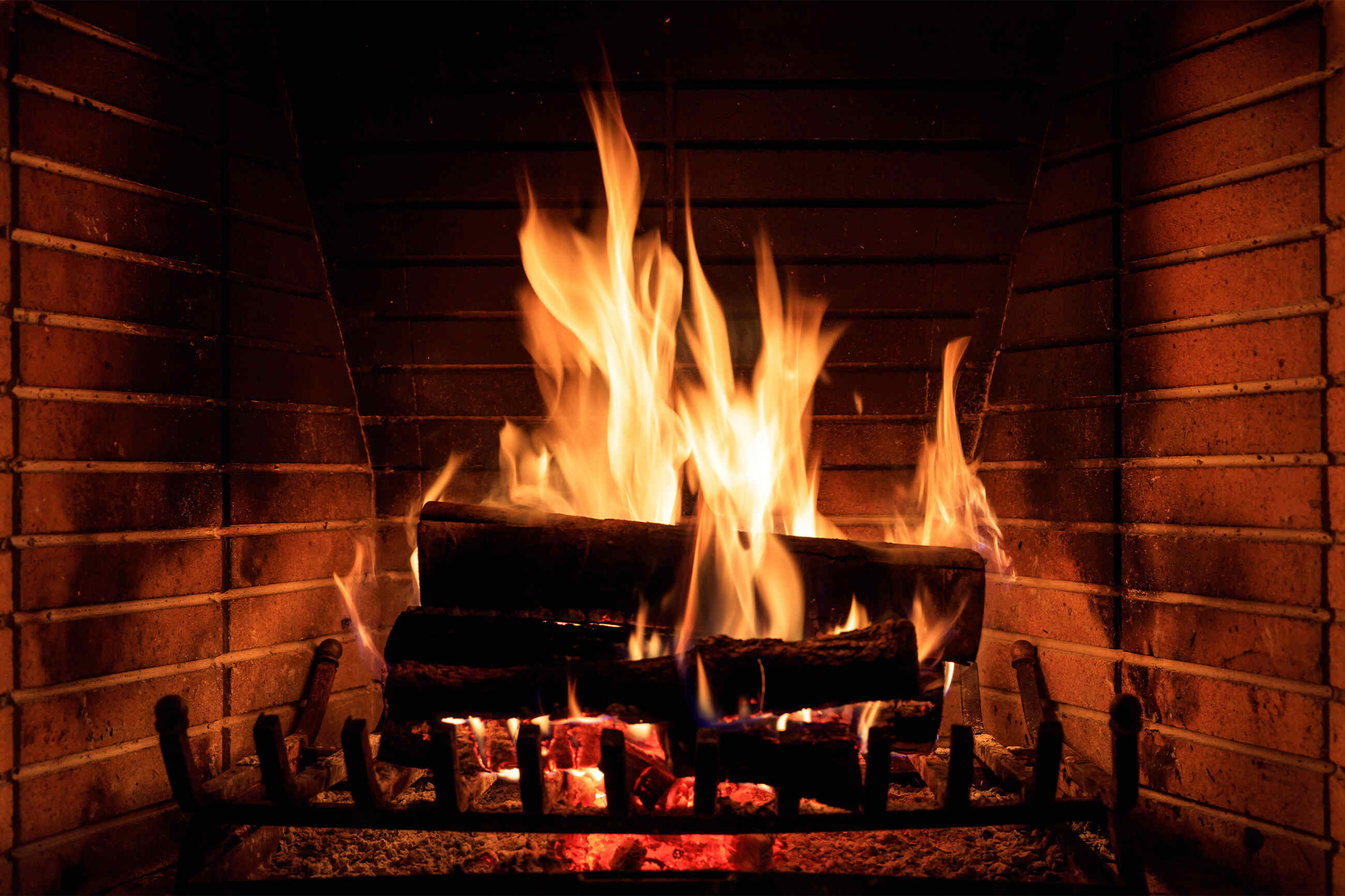
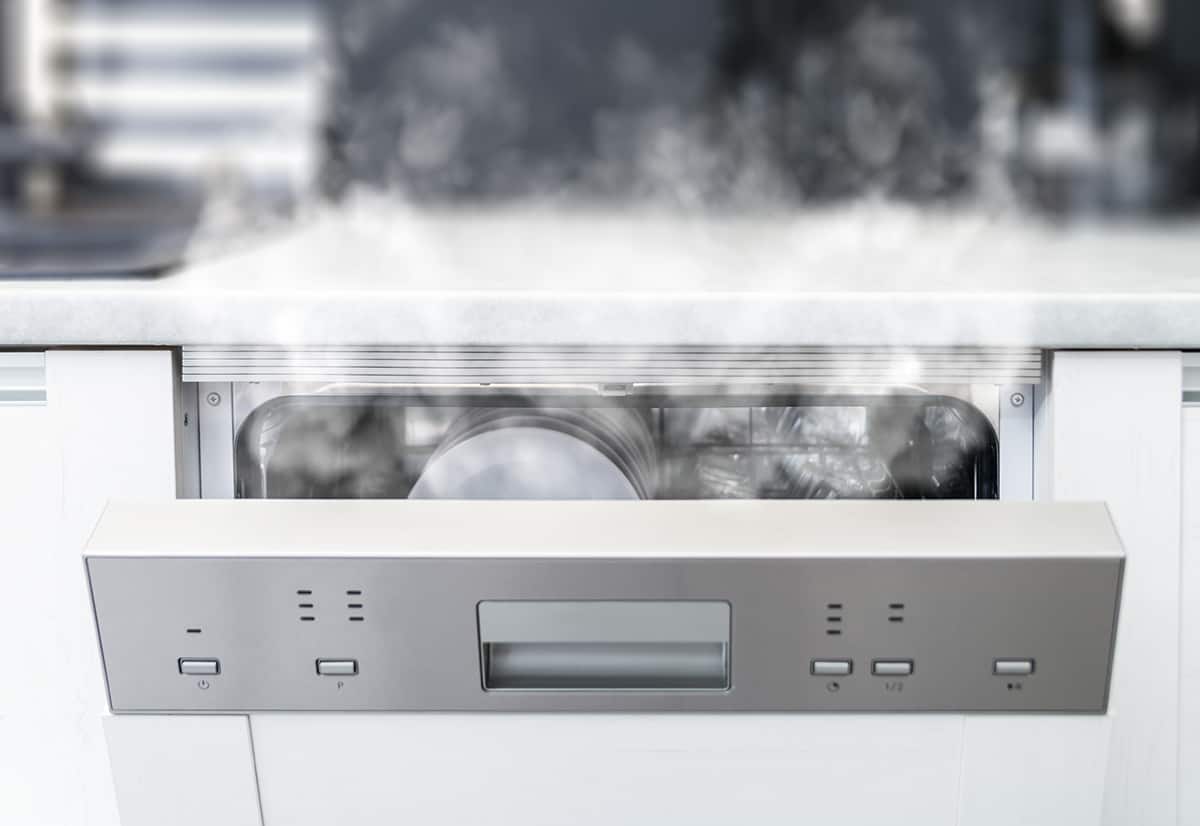
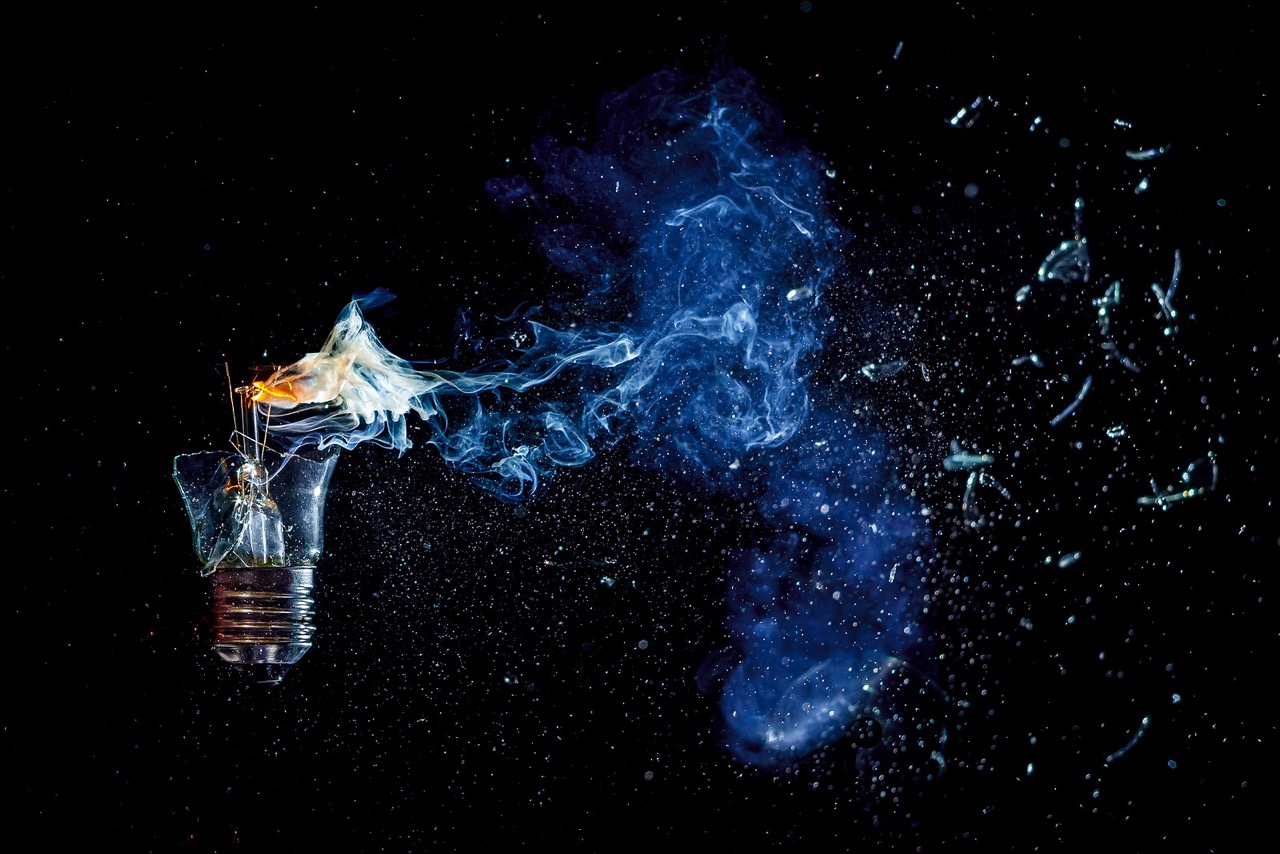
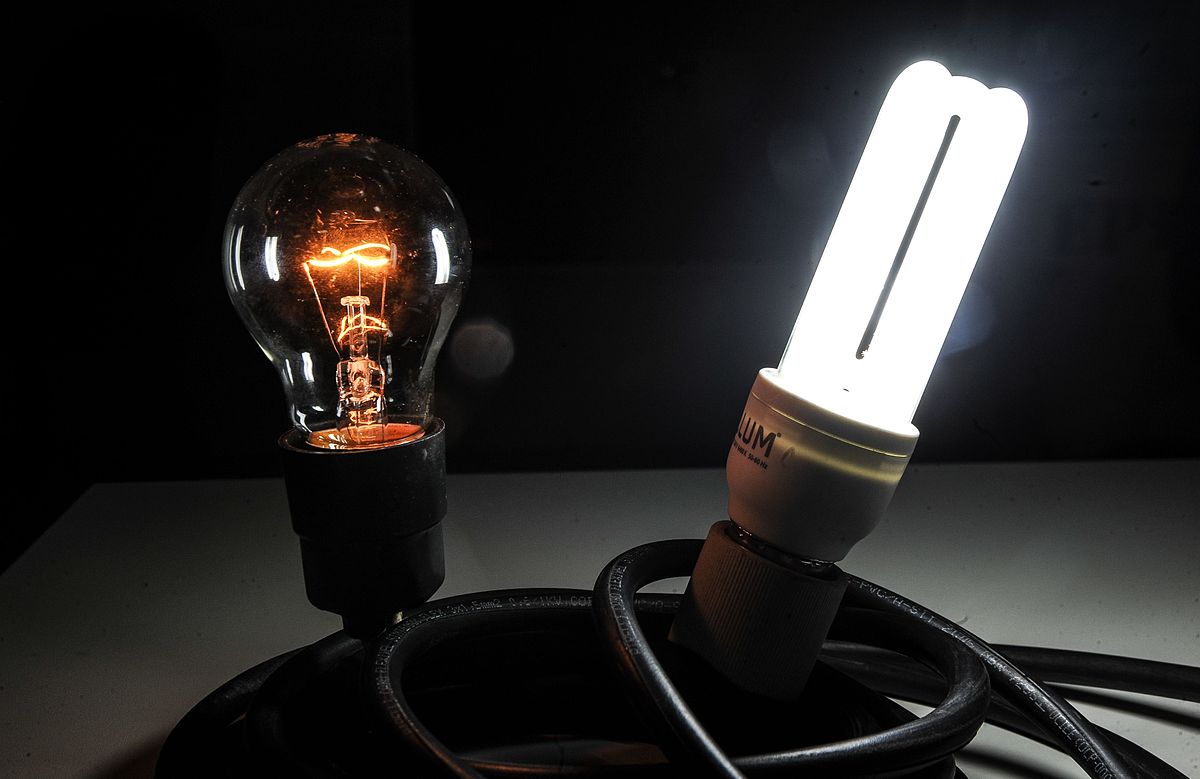
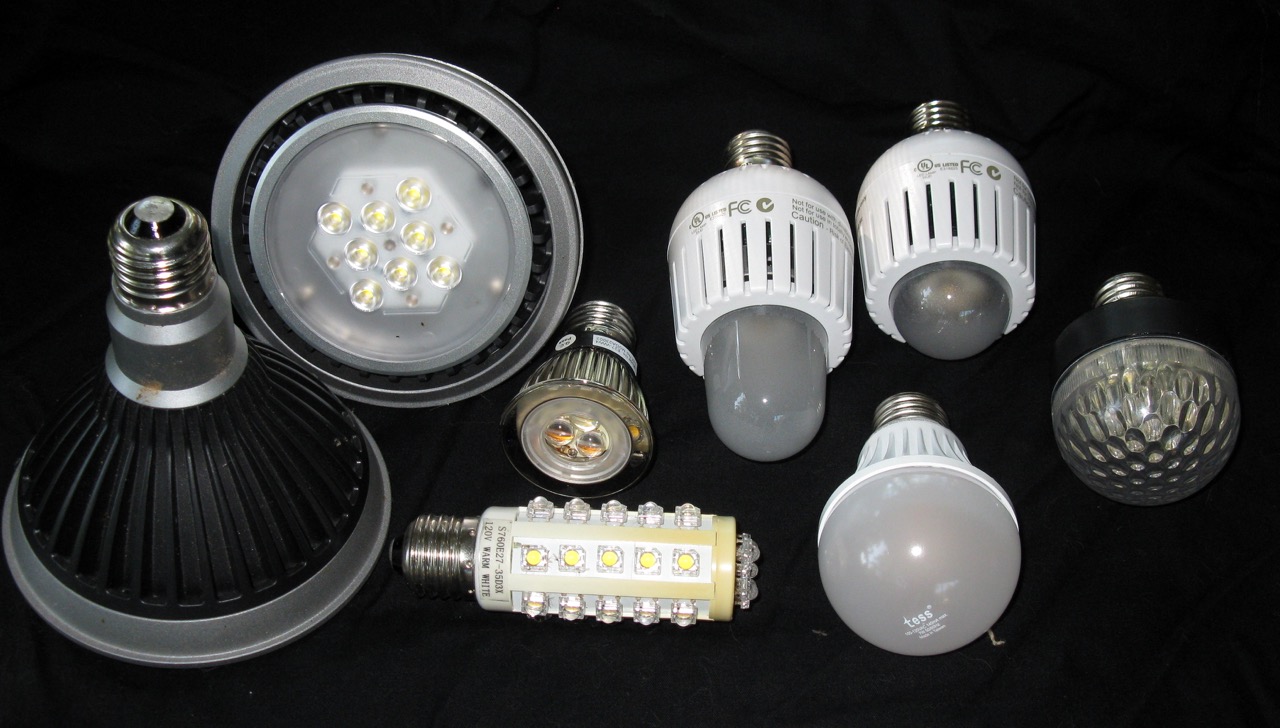
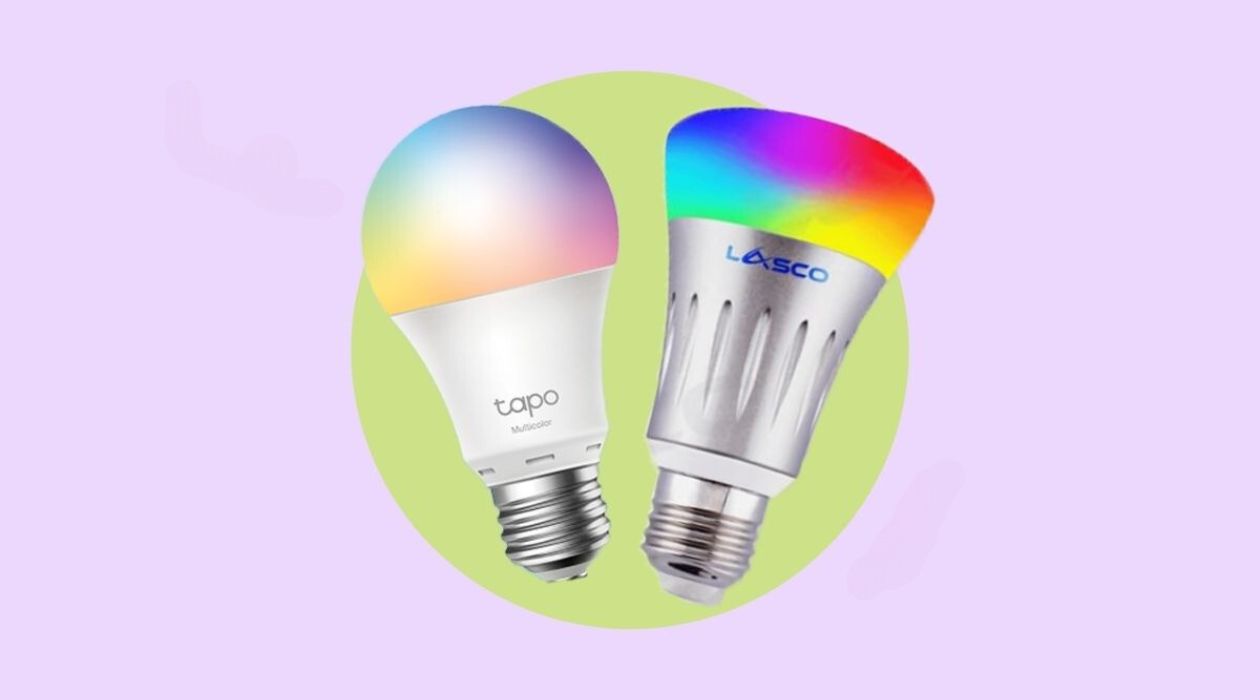
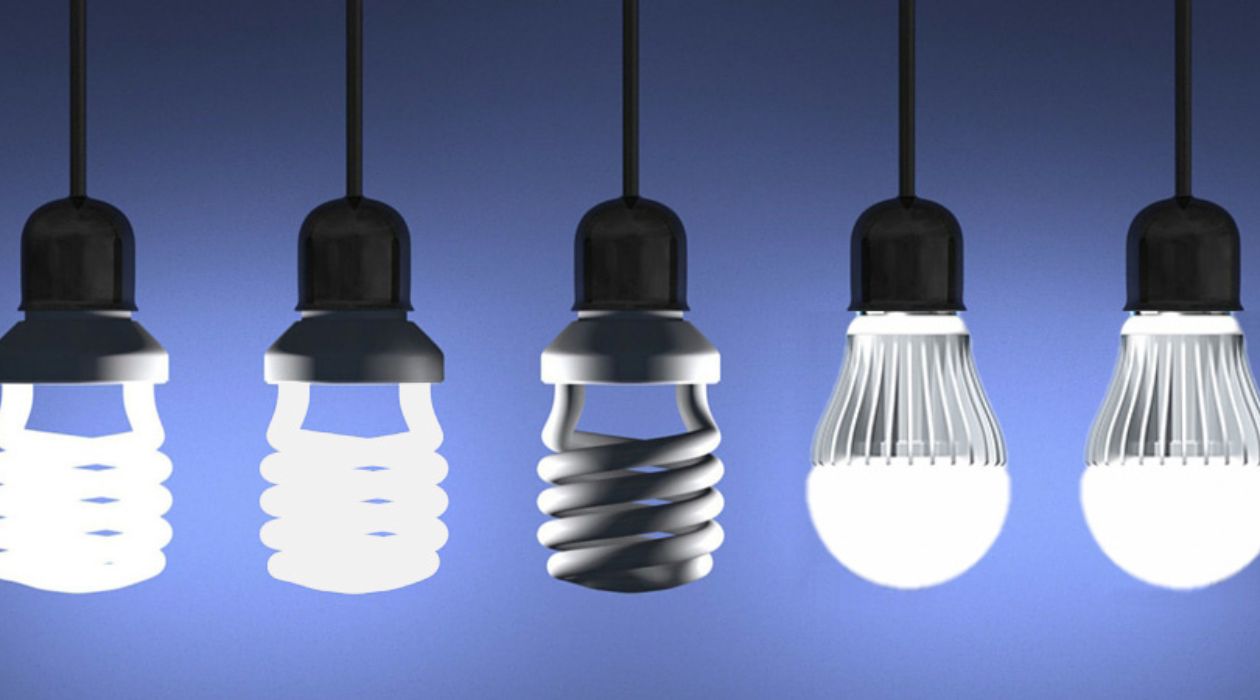

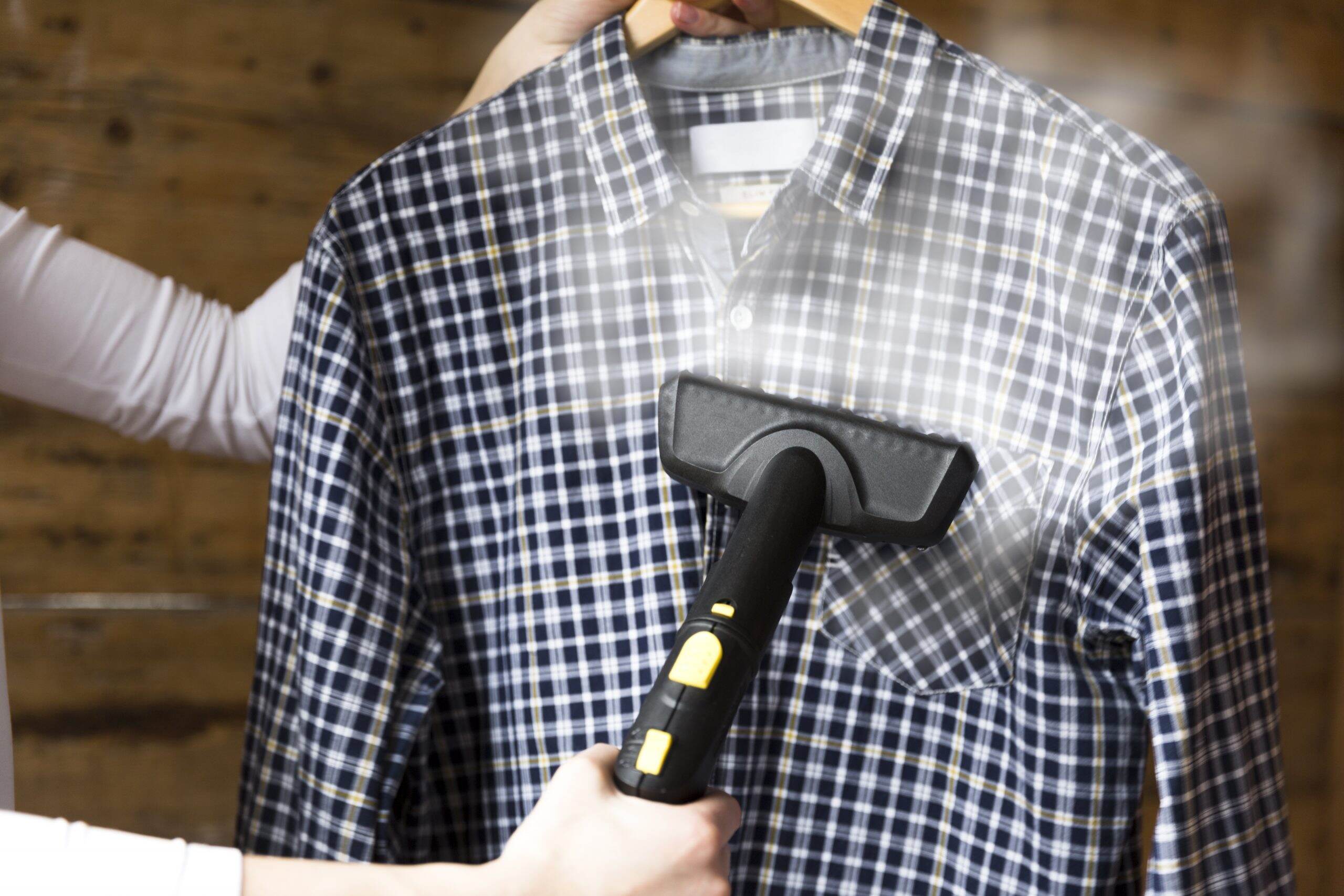

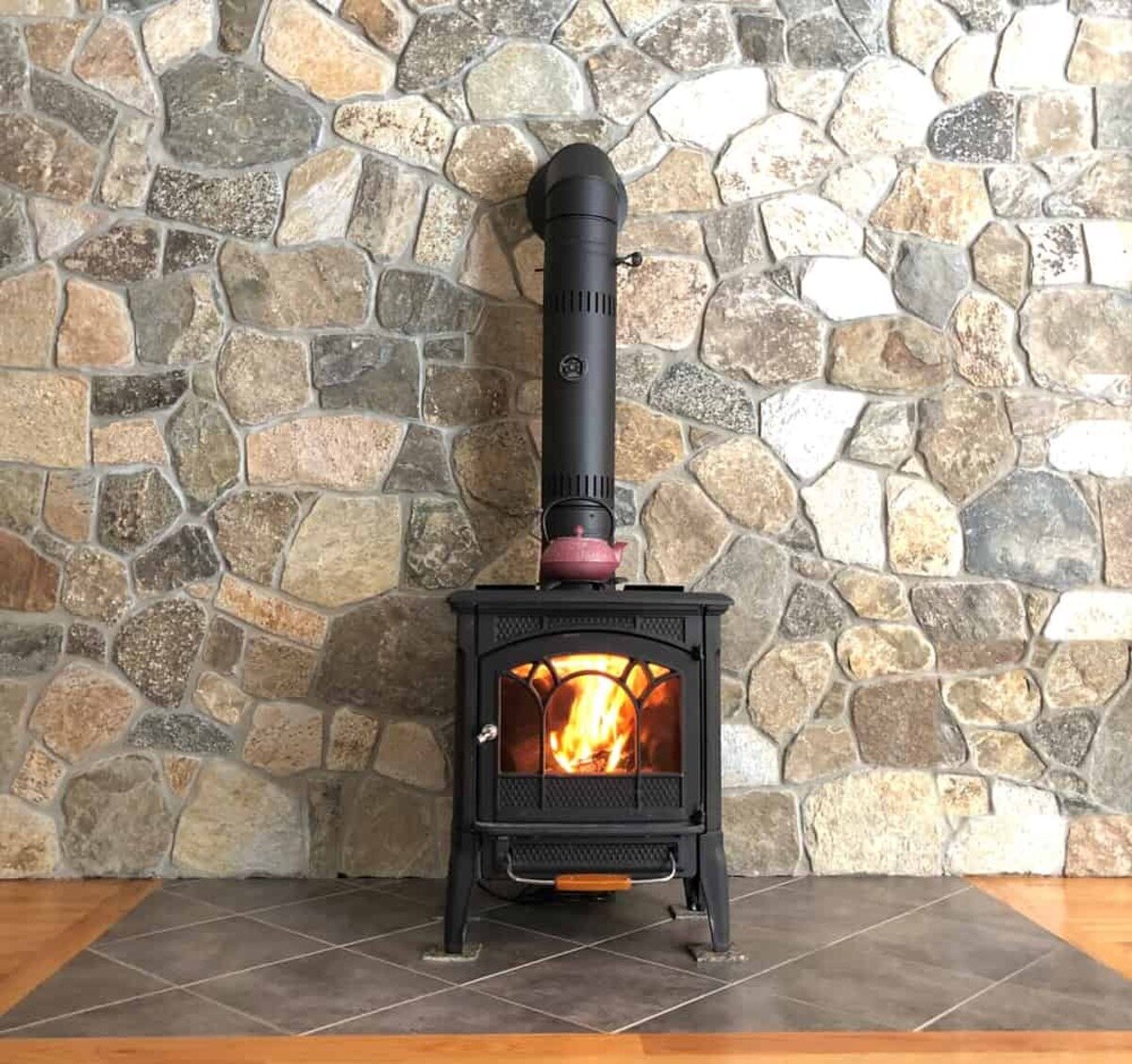
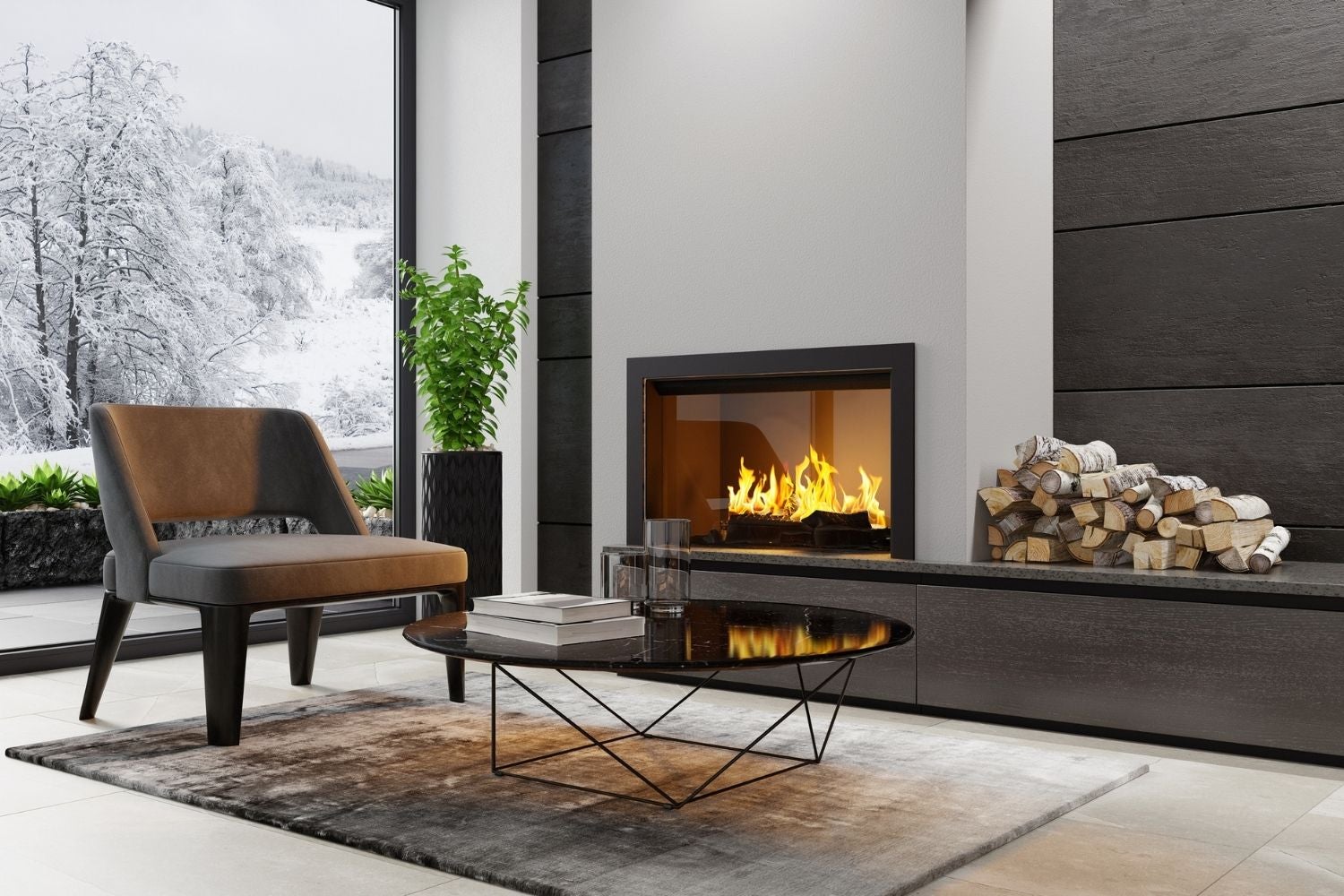
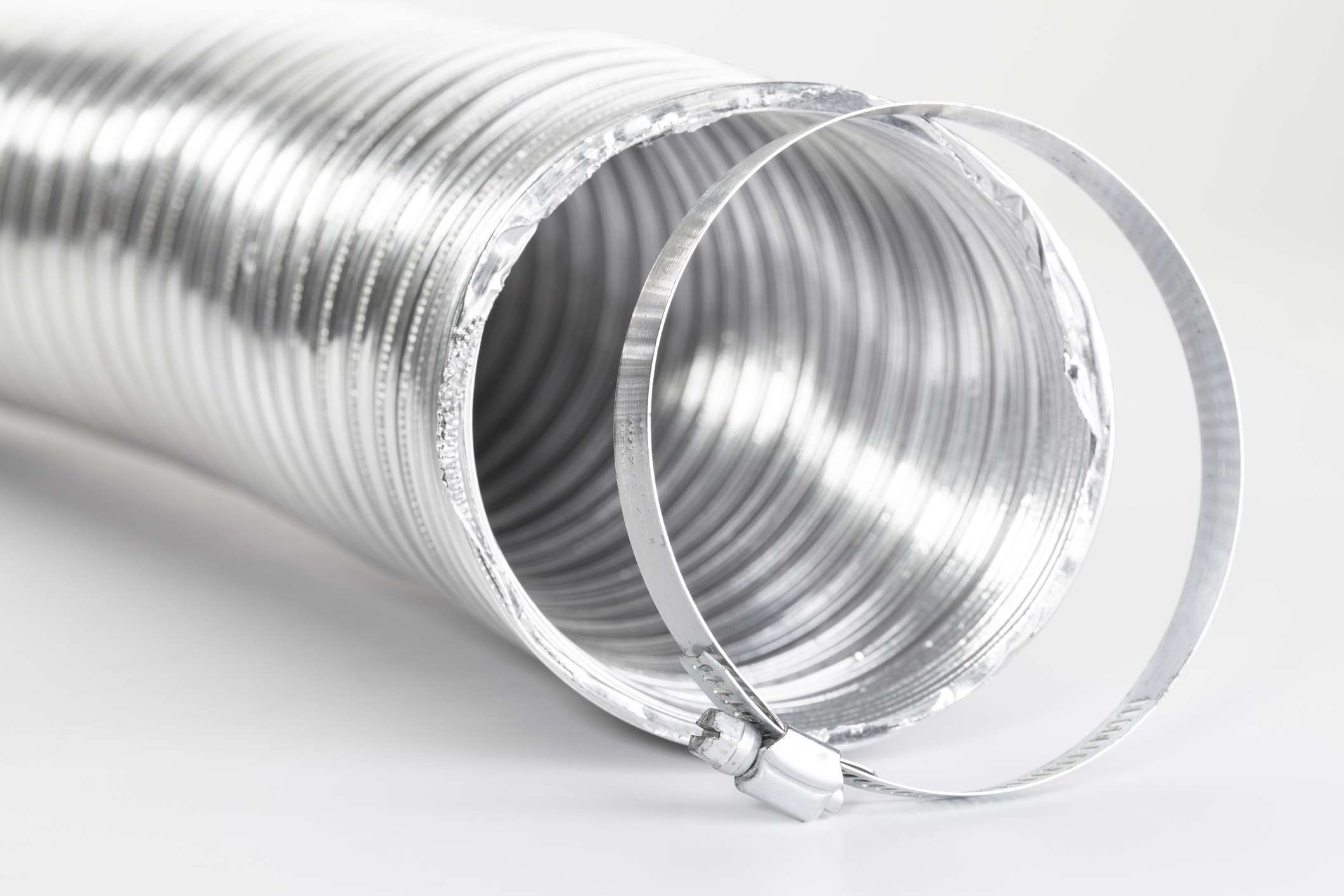
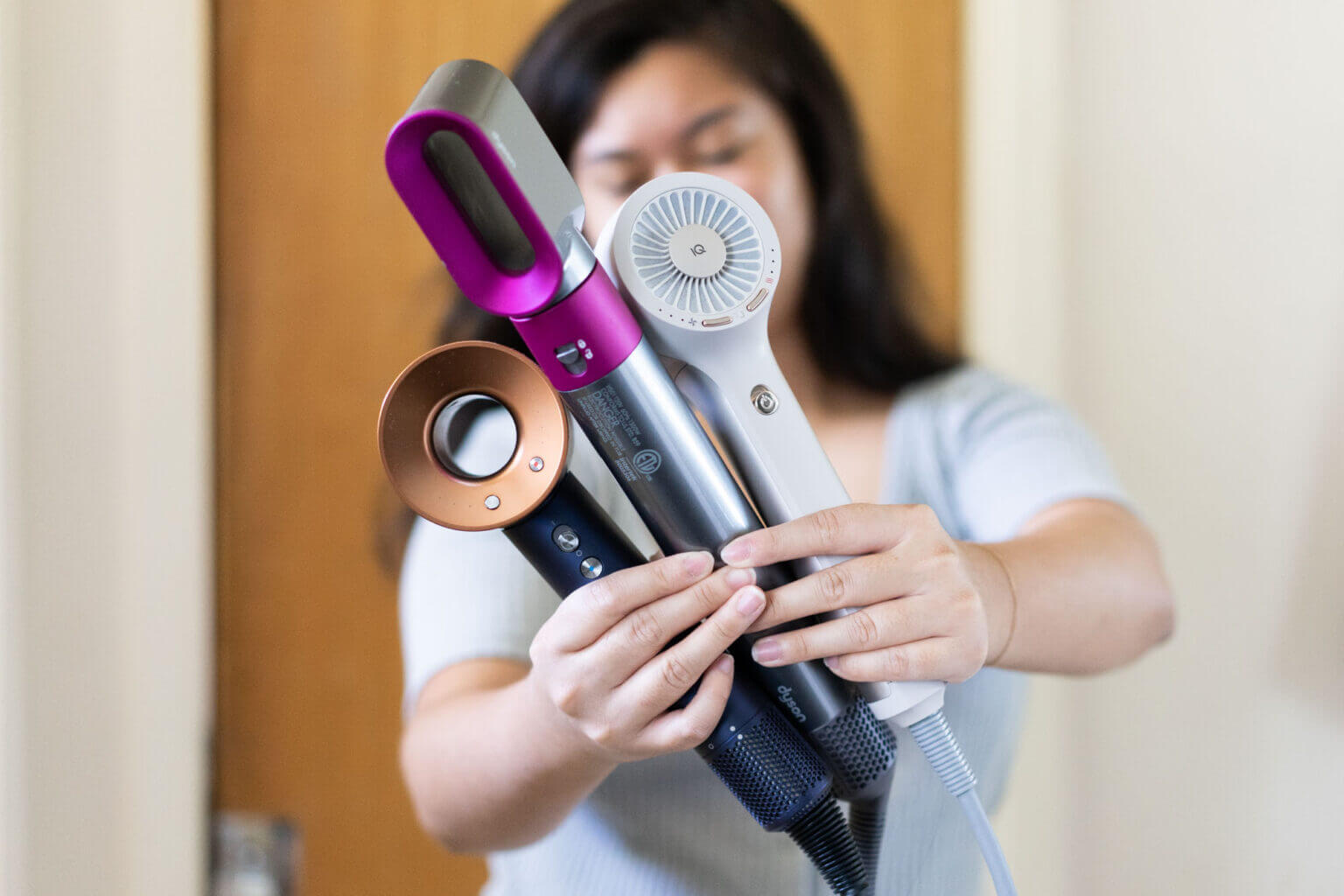

0 thoughts on “How Hot Does A Light Bulb Get”